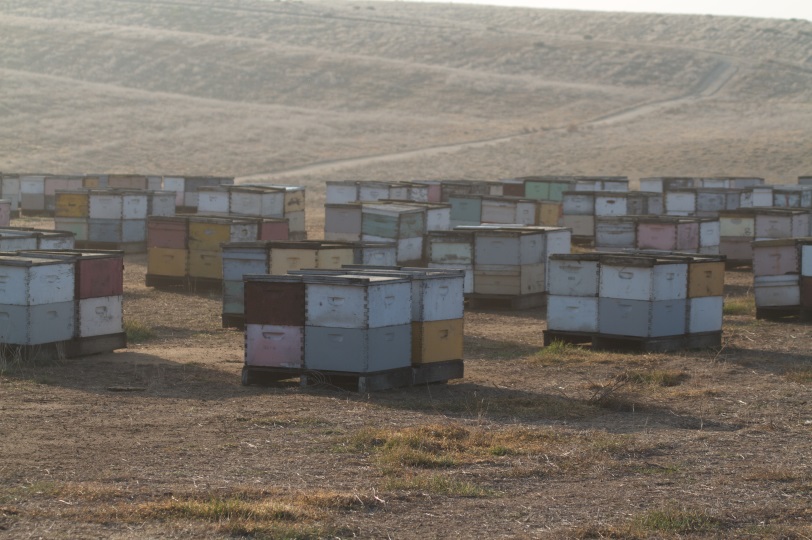Peyton M. Ferrier, Randal R. Rucker, Walter N. Thurman, and Michael Burgett
What Is the Issue?
Since 2006, annual winter losses of managed honey bee colonies have averaged 28.7 percent,approximately double the historical winter mortality rate of 15.0 percent. These elevated losses have raised concerns that agricultural and food supply chains will suffer disruptions as pollination services become more costly and less available. This study provides an overview of the pollination services market and the mechanisms by which beekeepers, farmers, and retail food producers adjust to increasing scarcity in the pollination services market. It also examines the empirical data on pollinated crop production, pollination service fees, and annual numbers of honey bee colonies.
What Did the Study Find?
Despite higher winter loss rates, the number of U.S. honey bee colonies has remained stable or risen between 1996 and 2016, depending on which of two data sources is considered. Winter loss rates have no negative correlation with yearly changes in the number of U.S. colonies at the national or State level, and loss rates have a positive correlation with the rate of colony additions, which may reflect strategies used by beekeepers to manage colonies.
Among crops pollinated by honey bees for which data are continuously available, almonds and plums have had the largest increases in pollination service fees, rising about 2.5 and 2.4 times, respectively, in real (inflation-adjusted) terms since the early 1990’s, with by far the largest portion of the increase occurring between 2004 and 2006. For most other crops for which pollination fee data are available since 1987, real pollination service fees have risen at an average rate of 2-3 percent annually and have not shown a marked increase since colony collapse disorder appeared in 2006. For a few crops, real pollination service fees are lower now than in 1987.
Between 1988 and 2016, real beekeeper revenue per colony more than doubled. This increase resulted primarily from a doubling of real honey prices over that time span, as well as dramatic growth in both almond acreage and almond pollination service fees. Industry data indicate that in 2016, pollination service income accounted for 41 percent of beekeeper revenue, where a pollination services accounted for only 11 percent of revenue in 1988.
In 2016, 82 percent of all pollination service revenue came from almond pollination, implying that almond fees accounted for one-third (82 percent of 41 percent) of total beekeeper revenue in that year. The high share of almond service fees in pollination revenues can be attributed to the following: (1) almond fees are substantially higher than fees for other major crops, and (2) almond pollination accounts for 61 percent of all honey bee colonies rented and 52 percent of all crop acres that pay fees for pollination services. A primary driver of the increased share of pollination fee revenue over time is the dramatic expansion in almond acres—from 419,000 bearing acres in 1988 to 940,000 in 2016.
For most crops other than almonds, the share of total costs attributable to pollination service fees is less than 5 percent at the farm level and less than 1 percent at the retail level. That small share, along with the relatively modest changes in pollination service fees for most crops, will tend to make the effect of increasing pollinator health problems on food prices very small for most crops.
How Was the Study Conducted?
Historical data on pollination service fees were obtained from surveys of beekeepers in the Pacific Northwest since 1987 and California since 1993 and compared with recently released fee data from USDA’s National Agricultural Statistics Service’s Cost of Pollination Report.
Farmgate-level pollination cost shares were compiled from data using two methods. The first method combines pollination fee data with data on yield, crop price, crop production, and stocking density to develop a cost of pollination and revenue per acre from crop production.
The second method compiles crop production budgets created by State agricultural extension agents for farmers at the regional level. Retail cost shares were developed by multiplying these figures by estimates of retail-wholesale price spreads. Data on colony losses were obtained from annual data developed by the Bee Informed Partnership, while colony stock figures were obtained from USDA’s annual National Honey Report and from the Census of Agriculture, which is administered by USDA every 5 years.









